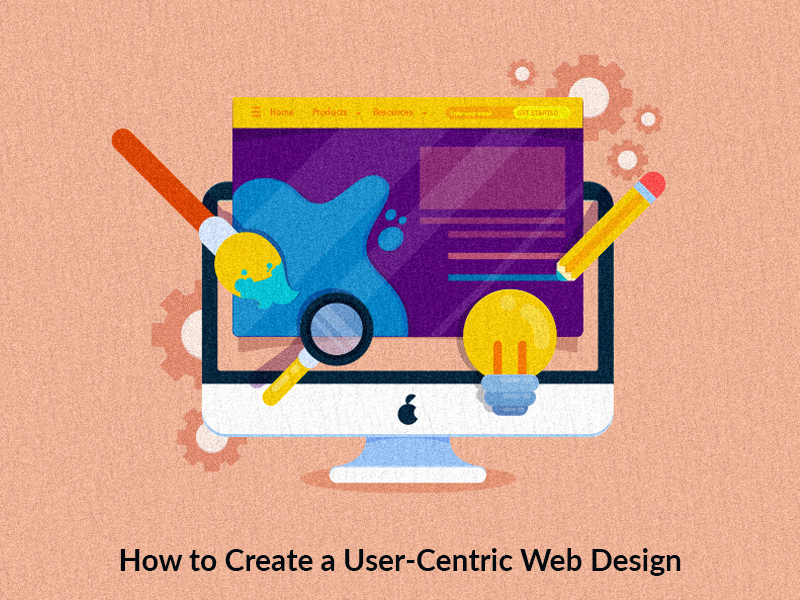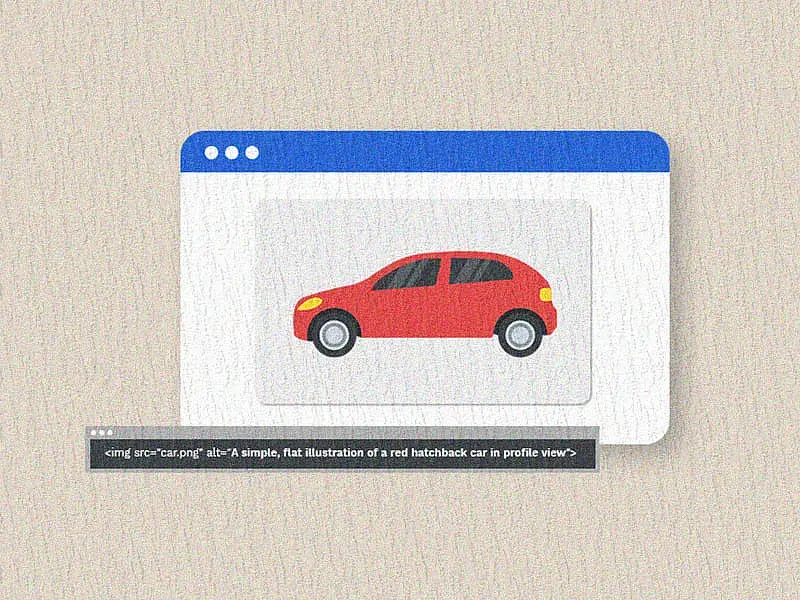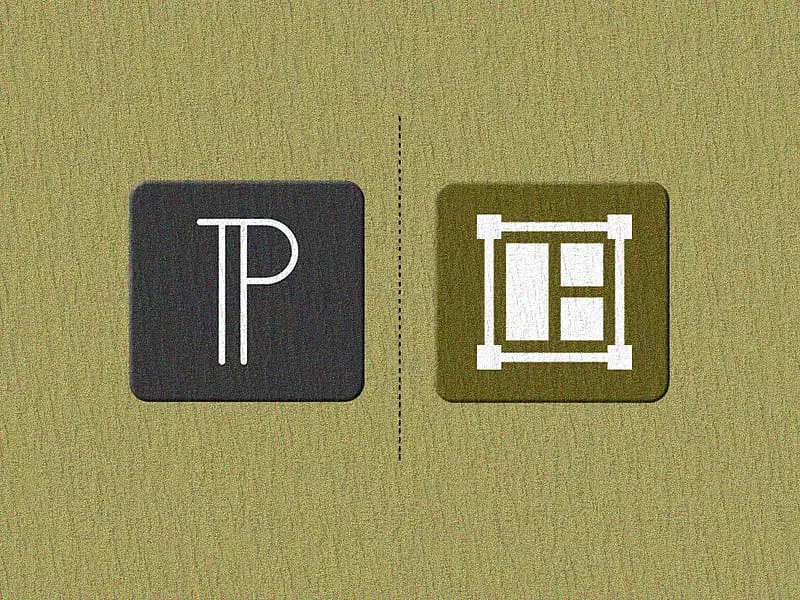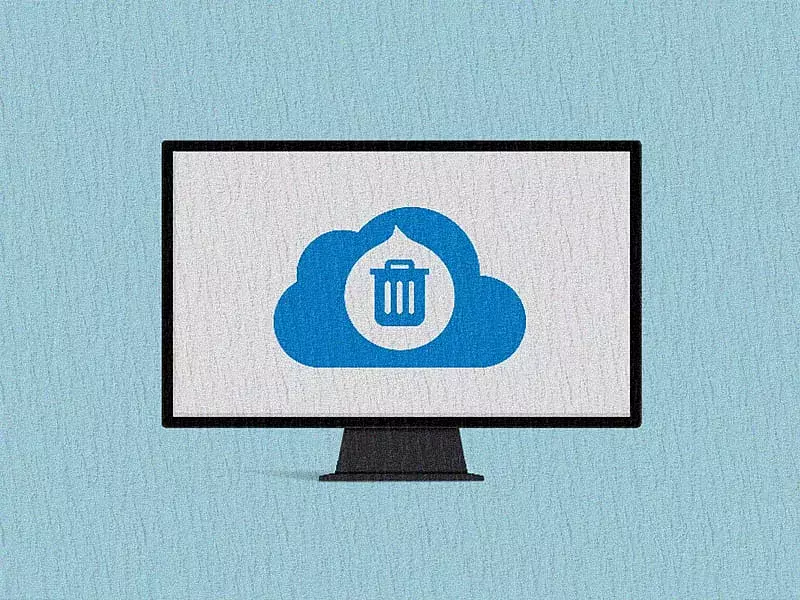Table of contents
- What is User-Centered Web Design?
- Principles of User-Centric Web Design
- Why is User-Centered Design Necessary?
- Increases User Engagement and Revenue
- Solves Real Problems
- Competitive Advantage
- Long-Term Sustainability
- What Are the Benefits of User-Centric Web Design?
- How to Create a User-Centric Web Design
- Ways Drupal Can Help in Creating a Powerful User-Centric Design
- Final Words
Here’s a pickle!
So, in about a week, it’s my parents’ anniversary and my brother and I can’t decide between a smart TV or a chimney for the kitchen to gift them. But considering we already have one of each, although old-fashioned, it didn’t seem practical.
That’s when it struck me - our parents are getting older, constantly manage household chores, and go to bed exhausted. How about gifting them a foot massager? They’ll love it!
Now, the approach I took here is to focus on what my parents genuinely need.
This approach mirrors today’s design philosophy. In this era of modern digital work, websites and applications must adhere to the needs and demands of their audience for better user engagement and customer retention.
It’s when you put the user at the heart of your design process, and ensure their needs, preferences, and expectations, that’s when you’re moving in the right direction of delivering powerful digital services. This approach is not just a buzzword, but a necessity for businesses and organizations looking to thrive in the competitive digital landscape.
In this blog, we’ll talk about the what, why, and how of user-centric design for your website. We’ll further dig deeper into the principles involved and shed some light on the role of Drupal in fueling the booming scales of your UX/UI design.

What is User-Centered Web Design?
User-centered web design is an integral part of user-centric design that focuses specifically on creating websites that prioritize user experience. When it comes to web design, the principles of user-centric design are essential for ensuring that the website is not just visually appealing, but also highly functional and intuitive for visitors.
Principles of User-Centric Web Design
User-centric web design follows several best practices and principles to create a design that resonates with users. Some of these principles include:
1. User Interviews: Conducting user interviews to gather insights into their needs, preferences, and pain points gives you firsthand information which is invaluable for designing a website that caters to the user.
2. User Research: With comprehensive user research, you can better understand the target audience, their behavior, and expectations. This knowledge informs design decisions.
3. Usability Testing: Testing the website with actual users to identify any usability issues helps you in iterative improvements to enhance the user experience.
4. Early Involvement of Users in the Design Process: Including users in the design process from the beginning ensures that their needs and desires are considered throughout the project, showcasing the inclusive nature of your workflow.
5. Design Decisions Based on User Needs and Wants: Prioritizing features and functionalities based on what users need and want ensures that your website is not cluttered with unnecessary elements.
6. Proper Feedback and Iterations: Continuously collecting feedback from your users and making iterative improvements based on their suggestions give invaluable responses for refining the design.
7. Responsive Design: Ensuring that your website is responsive and displays well on various devices, including desktops, tablets, and mobile phones, is crucial. You should prioritize mobile optimization given the increasing use of smartphones.
8. Accessible Design: Following web accessibility guidelines, such as WCAG (Web Content Accessibility Guidelines), to make the site accessible to all users, including those with disabilities, is a must.
Why is User-Centered Design Necessary?
Our UX design team strongly believes (in fact, demanded that I mention this point in big bold letters, and I agree) that the user is the heart of the design process. Let me be more specific.
User-centered design is a philosophy that places the user front and center in the design process. Every decision made, every feature added, and every detail crafted is done with the user in mind. It's about understanding the user's perspective, needs, and goals and using this knowledge to create a product or service that truly resonates with them. When the user is the focal point, the result is a design that aligns perfectly with the user's expectations, leading to a positive and engaging experience.
While I believe that answers the above question, here are a few more points to stress on the subject:
Increases User Engagement and Revenue
When users find that a product or service effectively addresses their needs and preferences, they are more likely to stay engaged and interact with it. Such engagement often leads to increased revenue for businesses. Satisfied users are more likely to become loyal customers, making purchases, and recommending the product or service to others.
Solves Real Problems
By involving users in the design process, you can address direct problems once you learn about the real challenges and pain points of your website users. This results in products and services that are not only effective but also highly relevant to the user's daily life. This approach leads to developing genuine features and functionalities.
Competitive Advantage
Amidst a bunch of businesses that are rapidly in a rush to meet the market demands, you can stand out by offering superior user experiences. Providing a user experience that truly resonates with your target audience puts you ahead of your competitors and attracts a loyal customer base.
Long-Term Sustainability
Consistently meeting user needs and adapting to evolving requirements results in your products and services remaining relevant and resilient in the market. When your design takes user feedback and changing preferences into account, it is more likely to stand the test of time, ensuring long-term success.
What Are the Benefits of User-Centric Web Design?
Well, user-centric web design is not only beneficial for users but also for website owners. Some of the key advantages are listed below:
1. Higher User Engagement: A user-centric website is more likely to keep visitors engaged, as it caters to their needs and preferences. Engaged users usually explore the website, consume content, and take desired actions.
2. Customer Retention: By meeting user expectations and delivering a satisfying experience, user-centric design promotes customer retention. Satisfied users are more inclined towards returning to your website, and becoming loyal customers.
3. Lower Bounce Rates: When users find what they’re looking for and have a positive experience, they are less likely to leave the website immediately, leading to lower bounce rates.
4. Brand Loyalty: When users consistently have a great experience on your website, you can expect them to associate your brand with quality and reliability.
5. Product Growth: It not only ensures a great initial experience but also drives iterative improvements based on user feedback. Such a continuous enhancement leads to the growth of the product or service over time.
How to Create a User-Centric Web Design
Creating a user-centric web design involves a series of steps and considerations. Here's a breakdown of the process:
- Understanding Your Customers: Conduct market research to gain insights into user behavior, preferences, and pain points.
- User Research: Conduct in-depth user research, including user interviews, surveys, and analytics to gather valuable insights.
- Create User Personas: Develop user personas that represent your typical users. These personas help in visualizing the needs and preferences of your target audience.
- Create User Journey Mapping: Map out the user's journey through your website. Understand the steps they take, the information they seek, and their interactions with the site.
- Information Architecture: Plan the structure of your website, ensuring that content is organized logically and intuitively.
- User Flows: Create user flows that outline the paths users take to accomplish specific tasks on your website. This helps in identifying potential pain points and areas for improvement.
- Task Flows: Define task flows that guide users through common actions on your website.
- Conduct Usability Testing: Test your website with real users to identify any usability issues. Pay attention to how users interact with the site and gather feedback for improvement.
- Collect Feedback and Iterate: Continuously collect user feedback and make iterative improvements to the website.
Ways Drupal Can Help in Creating a Powerful User-Centric Design
Drupal is a powerful content management system that can be of invaluable help in achieving a user-centric web design. Here are some of the ways in which Drupal can help:
- Responsive Design: Drupal is well-equipped to build responsive websites that adapt seamlessly to various devices, including desktops, tablets, and mobile phones.
- Content Management and Personalization: Drupal allows you to organize and present content in a user-friendly manner. Personalization features enable you to tailor content to individual user preferences, enhancing the overall user experience.
- Accessibility: Drupal's admin themes, ensure that content creators of all abilities can efficiently manage the platform. Including the Olivero frontend theme further enhances accessibility, offering a visually pleasing and inclusive design that caters to a wide range of users.
- Multi-Language Support: Drupal makes it easy to create and manage content in multiple languages, ensuring that your website is accessible to a diverse user base.
- Content Visualization: Drupal's capabilities for content visualization allow you to present information in engaging and visually appealing ways. This is essential for capturing and maintaining user attention.
- Improved Performance: Advanced caching mechanisms and technologies like BigPipe significantly improve website performance. Such features enable faster page loading times, delivering a seamless user experience, and prioritizing performance in your user-centric design.
Final Words
User-centric design is not just a trend, but a critical aspect of creating successful digital products and websites. By putting the user at the heart of the design process, you can enhance user engagement, solve real problems, gain a competitive advantage, and achieve long-term sustainability.
Drupal, with its versatile features, can be a valuable ally in achieving a powerful user-centric design for your website. By following best practices and principles, you can create a user-centric web design that resonates with your audience, leading to higher user engagement and lasting brand loyalty.
P.S.:- A special note of thanks to Kashish Tripathi for his time and invaluable input that made this blog happen. :)








